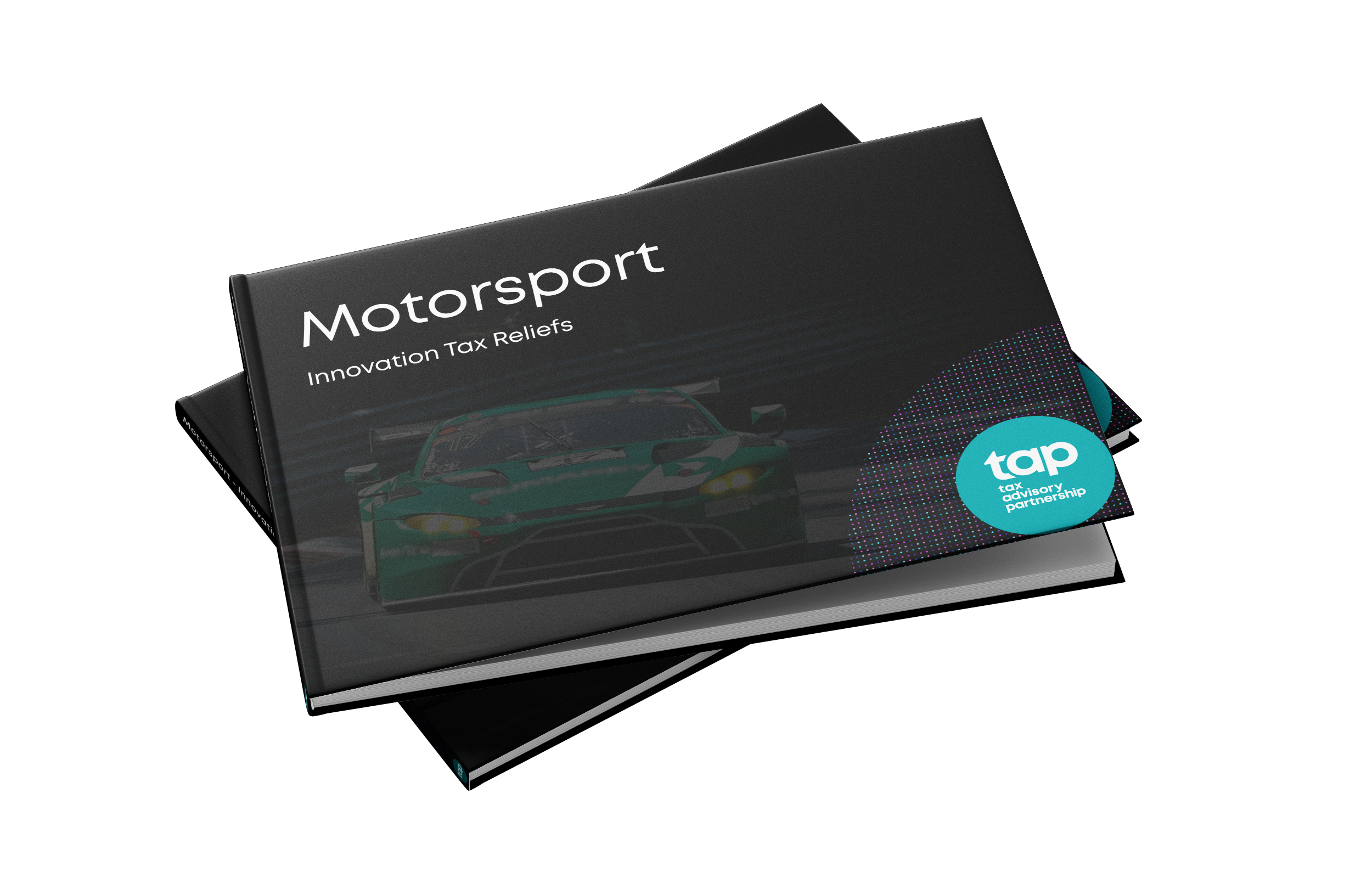When preparing HMRC R&D tax credits claims, it is crucial to understand that HMRC evaluates research and development activities on a project-by-project basis, not for an entire product like a whole car. Motorsport teams and engineering firms must avoid blanket claims for the complete vehicle and instead identify and document specific qualifying projects. Click here to learn about Motorsport's Innovation Landscape.
HMRC’s Approach to R&D Tax Relief
HMRC R&D tax credits are designed to reward companies making advances in science or technology through well-defined projects that resolve scientific or technical uncertainties. HMRC rejects “whole car” claims because such claims lack the granular evidence needed to demonstrate that each component or subsystem independently involved an advance requiring R&D.
.jpg?width=1200&height=317&name=f1-2696459_1280%20(1).jpg)
Defining Qualifying R&D Projects
To qualify for HMRC research and development tax credits, projects must:
- Involve overcoming technological uncertainties that cannot be easily resolved using current knowledge.
- Clearly focus on developing new or improved products, processes, or software at the project level.
- Be backed by detailed documentation of experimental development, testing, and problem-solving efforts.
What this Means for F1 and Motorsport Teams
For example, an F1 team cannot claim the full cost of developing a new car as part of HMRC’s R&D tax relief. Instead, eligible R&D claims commonly relate to specific complex systems or components, such as:
- Aerodynamics developments analyzing rear wing and diffuser designs through CFD and wind tunnel testing.
- Advanced materials research on composite structures and lightweighting.
- Hybrid powertrain and energy recovery system innovation.
- Development of novel engine cooling or electronic control systems.
Each of these efforts constitutes a separate R&D project eligible for HMRC R&D tax credits.
Why Granularity Matters in R&D Claims
Taking a more granular approach to R&D claims aligns with HMRC’s guidance on HMRC R&D relief and reduces the risk of HMRC enquiry or rejection. This method ensures that:
- The scope of innovation is clearly defined at the project level.
- Qualifying expenditure can be directly attributed to specific advances.
- Claims have stronger compliance and credibility.
Conclusion
Anyone seeking HMRC R&D tax credits must avoid broad, product-wide claims in favor of a detailed, project-focused approach. Whether in Formula 1, automotive manufacturing, or engineering, successfully navigating HMRC’s requirements means identifying, documenting, and claiming qualifying activity on a project-by-project basis.
To learn more about Motorsport & Innovation Tax Reliefs, download our FREE GUIDE!
For a full overview of how we help businesses make the most of innovation-based tax savings, visit our Innovation Tax Reliefs service page.
📞 For a free consultation, please call 02080371030 or complete the online enquiry form on the bottom of this page.



.jpg?width=596&name=soccer-488700_1280%20(2).jpg)
.jpg?width=596&name=innovation-561388_1280%20(1).jpg)
.jpg?width=596&name=telescopic-mirror-74034_1280%20(1).jpg)